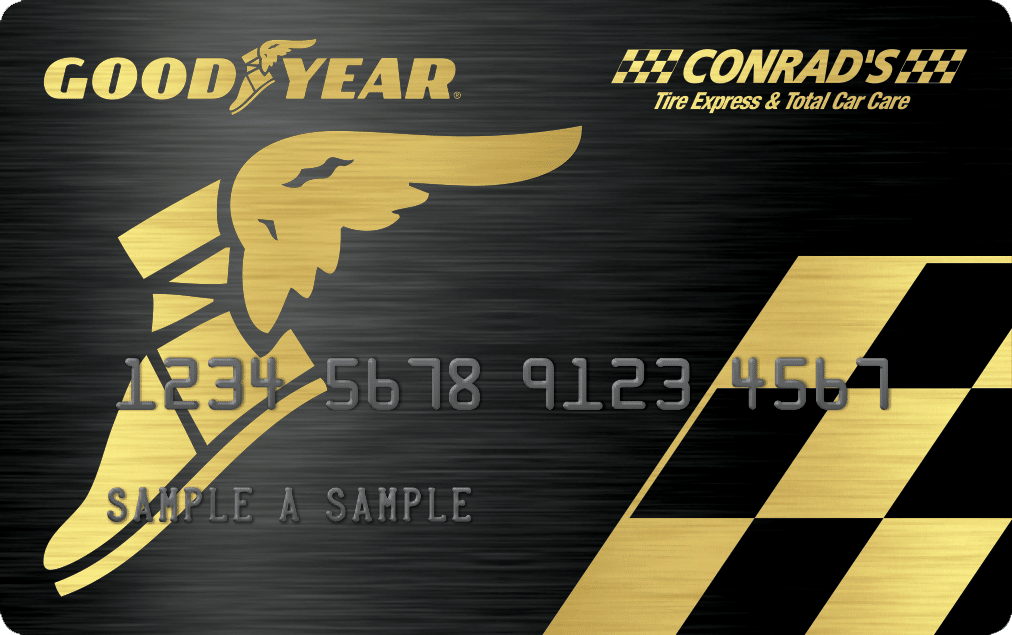Need an Oil Change? Here’s What Happens
When it’s time for an oil change you probably don’t do much more than go to your local mechanic, park your car, hand over your keys, and sit down with a magazine in the lobby and wait for the person working the desk to call your name.
You take your keys and drive off into the sunset for another three months or 3,000 miles -- or longer -- whichever comes first.
Have you ever stopped to think about what they’re actually doing to your car while you look at your magazine or watch TV?
Let’s take a look at what actually goes on behind the scenes.
The process
The simple explanation is that the old, dirty motor oil is drained out and new, clean oil is put in, along with a fresh oil filter.
Here’s a more detailed inventory of what’s done to your vehicle during an oil change:
- Your car will be placed on a lift so the mechanic can access the underside.
- The oil pan drain bolt is removed and the old oil is drained out.
- The old oil filter is removed and the new one is put in place.
- The oil pan drain bolt is replaced.
- Fresh oil is put in.
The procedure for changing the oil is straightforward, but there are other services that are performed when you have your car in the shop.
Unexpected extras
Even though you refer to it as taking your car in for an “oil change,” more than that happens. You may be surprised by how much they actually do for you!
Keep in mind that not all of these services are provided by every place that does oil changes, but a reputable mechanic will cover at least the majority.
Let’s take a look at the other maintenance services provided while your mechanic has your vehicle:
- Elements of your suspension are lubricated. This includes components like ball joints and tie rod ends.
- Fluid levels under the hood are checked. These fluids will be topped off as necessary.
- Filters are checked. Air, cabin, and fuel filters are inspected to see if they need to be replaced.
- The condition of the tires is examined. Tires are checked for uneven wear, bulges, or other possible tire defects that can affect your safety. It’s not uncommon for the tires to be rotated during an oil change session, as well.
- Brakes are checked. A quick look at the brakes can tell if they’re functioning up to par.
- Wiper blades are inspected. This may not seem that important until you run into a sudden downpour! You’ll be glad your mechanic was keeping your safety in mind.
- The lights are evaluated. This includes all the exterior lights on your vehicle, even the little ones for your license plates.
The shop you’re using should advise you of anything that needs to be replaced or looks like it will need work in the near future.
Knowing what is happening with your vehicle when you take it in for an oil change can help you to be aware of what you’re paying for, as well as give you peace of mind about your safety when you drive away. To schedule your next oil change, contact Conrad’s!














